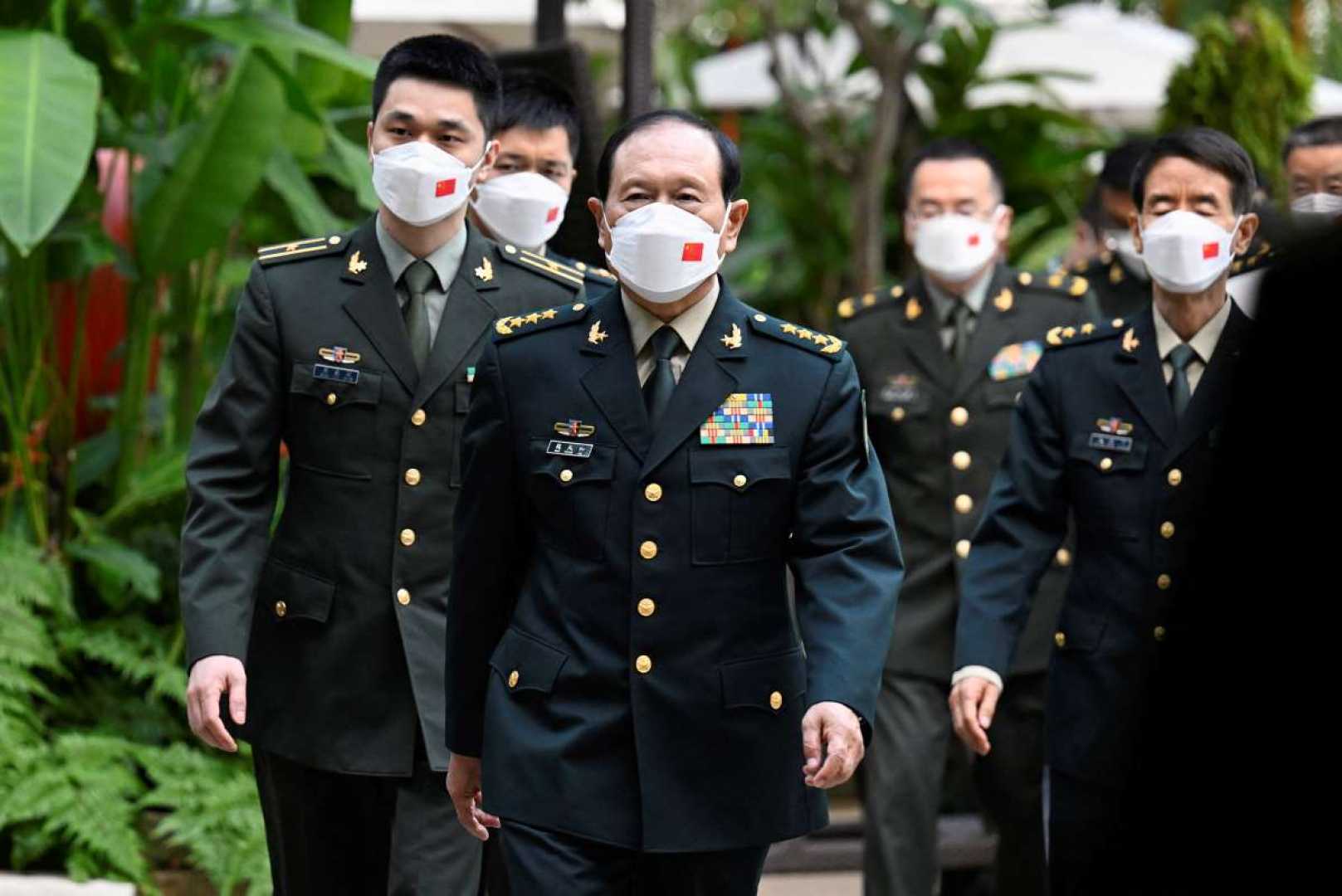News
China’s Military Might on Display at Shangri-La Dialogue in Singapore

SINGAPORE — China is displaying its military capabilities as it seeks to assert dominance in the Asia-Pacific region, particularly during the Shangri-La Dialogue starting Friday.
The dialogue is a significant platform for defense discussions, with U.S. Defense Secretary Pete Hegseth and officials from over 40 countries in attendance. Tensions with the U.S. remain high as China pursues its goal of military expansion while seeking to remove U.S. forces from the eastern seas.
China’s military has surged over the years, moving beyond outdated weaponry to advanced hypersonic missiles and the world’s largest navy. It has made strides in nuclear capabilities, with missiles that can reach the continental U.S.
In the lead-up to the dialogue, speculation surrounds Chinese defense participation. Reports indicate that Chinese Defense Minister Dong Jun may not attend. Instead, a delegation from the People's Liberation Army National Defense University will represent China.
The absence of high-level Chinese officials may signal Beijing’s response to perceived anti-China sentiments, especially as discussions are expected to revolve around U.S.-China rivalry.
China’s aggressive maritime posture includes military installations in the contested South China Sea, prompting concerns from neighboring nations. The region sees more than $3 trillion in trade annually, heightening the stakes of military confrontations.
Furthermore, tensions over Taiwan, a key issue for both China and the U.S., loom large. Chinese President Xi Jinping has vowed to reclaim Taiwan, increasing militarization around the island. Recent opinion polls reveal that a majority of Taiwanese do not support rule from Beijing.
The Shangri-La Dialogue serves as a critical venue for defense dialogues amidst ongoing regional tensions, including North Korea’s military activities and its relationship with the U.S. With impending elections and changing global dynamics, the stakes are high for all participants.
The outcome of these discussions may impact defense strategies and alliances in Asia-Pacific, as well as shaping the continent’s military landscape in the years to come.












